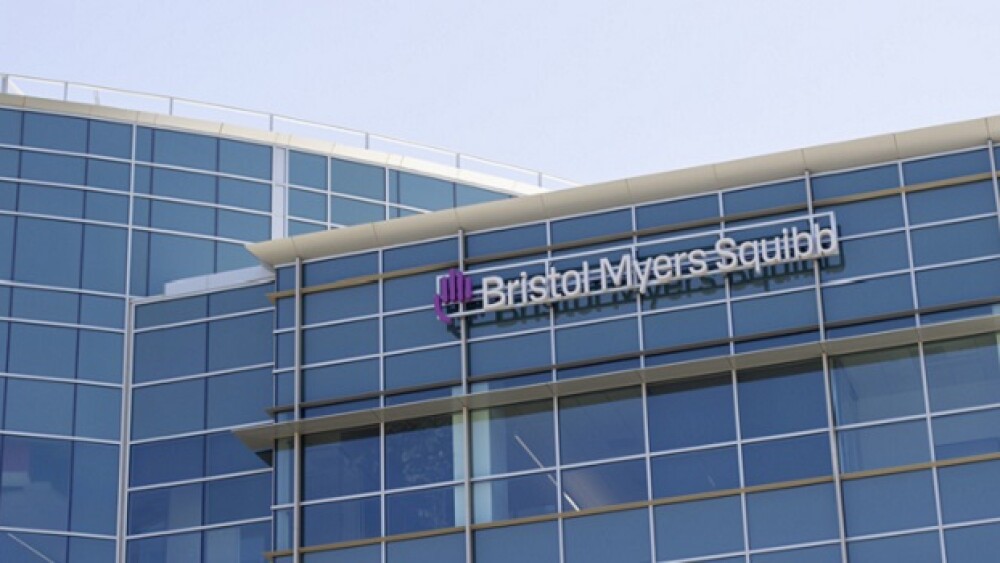REDWOOD CITY, Calif., Nov. 10 /PRNewswire-FirstCall/ -- Cardica, Inc. today announced publication of a case study in the September issue of the peer-reviewed Journal of Neurosurgery featuring the use of Cardica's C-Port xA(R) Distal Anastomosis System to connect blood vessels in the brain to bypass an enlarging aneurysm.
Ralph G. Dacey, Jr., M.D., professor and chairman of neurological surgery at Washington University School of Medicine in St. Louis, and his colleagues performed neurosurgery on a 43-year-old male patient who sustained a subarachnoid hemorrhage after being assaulted and, as a result, experienced an enlarging aneurysm. Using the C-Port system, the neurosurgeons bypassed the aneurysm using a saphenous vein graft extending from the extracranial common carotid artery to the intracranial middle cerebral artery. The C-Port system performed an automated anastomosis by inserting 13 tiny staples into the graft and recipient vessel. The bypass was demonstrated to be patent (open) on intraoperative and postoperative arteriography, and the patient subsequently made a good neurologic recovery.
"By using the C-Port system instead of hand sewing the vessels in the brain, we were able to reliably connect the graft vessel and significantly reduce the length of time that blood flow was cut off from the brain in this patient," said Dr. Dacey. "In appropriate patients, we believe the C-Port system is a useful addition to the arsenal of tools that neurovascular surgeons have to surgically bypass cerebral aneurysms. We are looking forward to using it in other suitable cases."
The Journal of Neurosurgery September issue also included results from a preclinical feasibility study of the use of the C-Port xA system to connect blood vessels in neurological bypass procedures. The study, conducted by surgeons at the University of Bern, Washington University and Heinrich-Heine- Universitat in Dusseldorf, demonstrated that the C-Port xA could reliably and consistently perform an anastomosis for an extracranial-intracranial high-flow bypass to the middle cerebral artery.
"Publication of the first use of the C-Port xA system in a successful arterial bypass in a patient with an intracranial aneurysm, together with the results of the neurologic preclinical feasibility study, demonstrate the versatility and diverse functionality of Cardica's C-Port systems in connecting blood vessels," said Bernard A. Hausen, M.D., Ph.D., president and chief executive officer of Cardica. "We are exploring additional applications for our automated anastomosis systems in cerebrovascular neurosurgery and other fields beyond cardiothoracic surgery."
About Cardica
Cardica is a leading provider of automated anastomosis systems for coronary artery bypass graft (CABG) surgery. By replacing hand-sewn sutures with easy-to-use automated systems, Cardica's products provide cardiovascular surgeons with rapid, reliable and consistently reproducible anastomoses, or connections of blood vessels, often considered the most critical aspect of the CABG procedure. Cardica's C-Port(R) Distal Anastomosis Systems are marketed in the United States and Europe and its PAS-Port(R) Proximal Anastomosis System is marketed in the United States, Europe and Japan. Cardica also is developing additional devices with Cook Medical to facilitate vascular closure and other surgical procedures.
Forward-Looking Statements
This press release contains "forward-looking" statements, including statements relating to the potential expansion of uses for and increased adoption of the C-Port systems, specifically, and of automated anastomosis devices generally, for CABG and neurological procedures. Any statements contained in this press release that are not historical facts may be deemed to be forward-looking statements. The words "exploring," "looking," "believe" or similar expressions are intended to identify forward-looking statements. There are a number of important factors that could cause Cardica's results to differ materially from those indicated by these forward-looking statements, including risks associated with the need for Cardica's products to gain market acceptance, and the long-term patency rates of grafts connected using Cardica's products, as well as other risks detailed from time to time in Cardica's SEC reports, including its Annual Report on Form 10-Q for the fiscal year ended September 30, 2008. Cardica does not undertake any obligation to update forward-looking statements. You are encouraged to read the Cardica's reports filed with the U.S. Securities and Exchange Commission, available at http://www.sec.gov.
CONTACT: Bob Newell, Vice President, Finance and Chief Financial Officer
of Cardica, Inc., +1-650-331-7133, investors@cardica.com; or Daryl
Messinger of WeissComm Partners, Inc., +1-415-999-2361,
dmessinger@wcpglobal.com, for Cardica, Inc.




